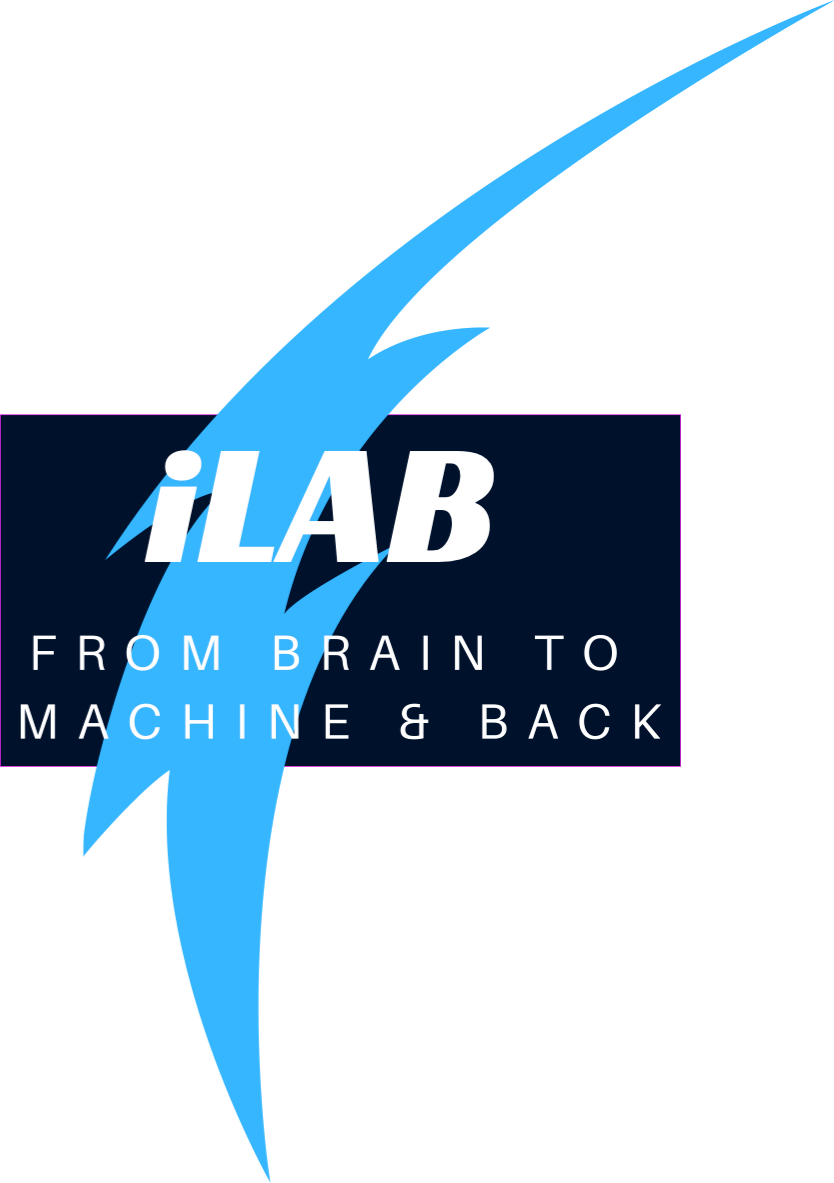The generation of discrete movement with distinct and stable time courses characterizes each human movement and reflect the need to perform catching and interception tasks and for timed action sequences, incorporating dynamically changing environmental constraints.  Several lines of evidence suggest neuronal mechanism for the initiation of movements i.e. in the supplementary motor area (SMA) and the premotor cortex and for movement planning mechanism generating velocity profiles satisfying time constraints.
Several lines of evidence suggest neuronal mechanism for the initiation of movements i.e. in the supplementary motor area (SMA) and the premotor cortex and for movement planning mechanism generating velocity profiles satisfying time constraints.
In order to meet the requirements of on-line evolving trajectories we propose a model, based on dynamical systems which describes goal directed trajectories in humans and generates trajectories for redundant anthropomorphic robotic arms. The analysis of the attractor dynamics based on the qualitative comparison with measurements of resulting trajectories taken from arm movement experiments with humans created a framework able to reproduce and to generate naturalistic human like arm trajectories.
Journal of Neural Engineering: https://iopscience.iop.org/article/10.1088/1741-2552/ab1e63 In electrophysiology, microelectrodes are the primary source for recording neural data (single unit activity). These microelectrodes can be implanted individually or in the form of arrays containing dozens to hundreds of channels. Recordings of some channels contain neural activity, which are often contaminated with noise. Another fraction of channels does … Read More “SpikeDeeptector: a deep-learning based method for detection of neural spiking activity” »

